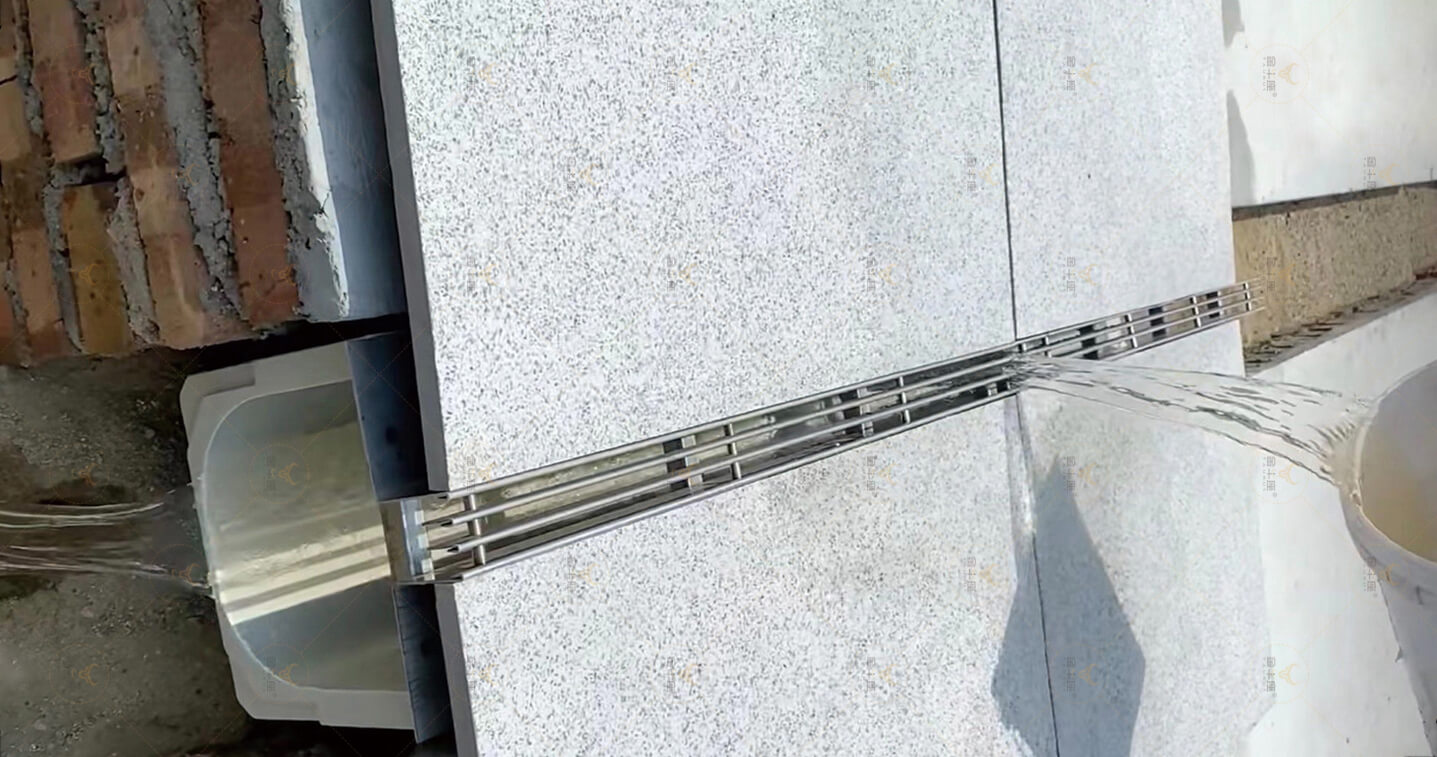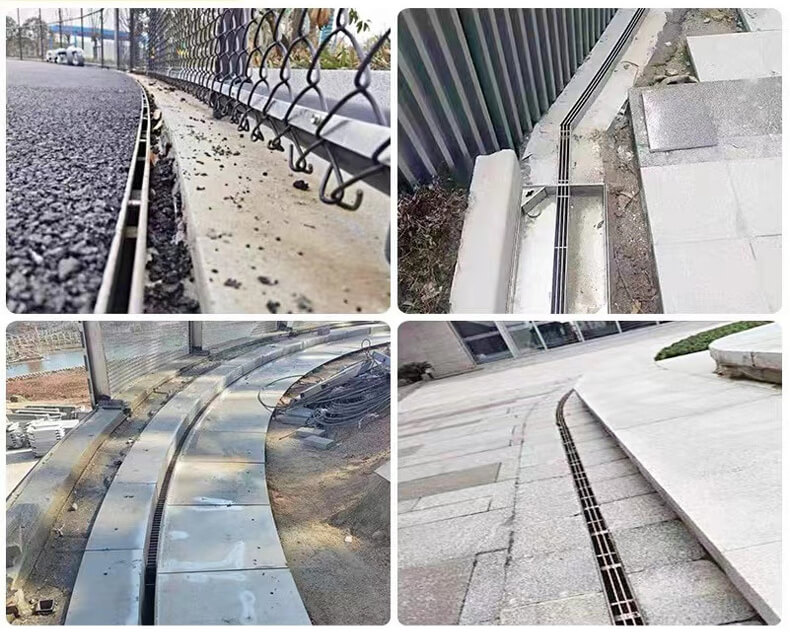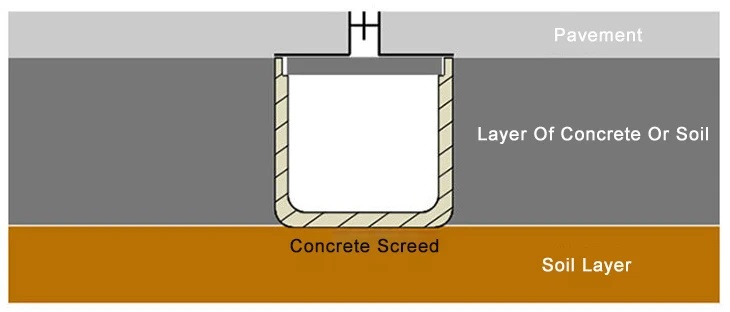How Does a Drainage Trench Work?
Nov 09,2023
View: 1103
Drainage is an essential part of any construction project, regardless of its size or purpose. One of the most effective drainage solutions is a trench drain, which is commonly used in residential, commercial, and industrial settings. In this article, we will explore how a trench drain works, its applications, installation process, and its differences from other types of drains.
Trench Drain Basics
A trench drain is a linear drainage system that collects surface water and directs it to a designated outlet. It consists of a long channel made of concrete, plastic, or metal with a grating on top to prevent debris and objects from entering the drain. The bottom of the trench is slightly sloped towards the outlet to ensure proper water flow. Trench drains are typically installed in areas where there is a high volume of water runoff, such as loading docks, parking lots, pool decks, and industrial facilities.
How Does a Trench Drain Work?
When it rains or snows, water accumulates on the surface and flows towards the trench drain. Once the water reaches the grating, it enters the channel and moves towards the outlet through gravity. Trench drains are designed to handle large volumes of water quickly and efficiently, preventing flooding and water damage.

Applications of Trench Drains
Trench drains are versatile and can be used in various applications. Some of the most common uses include:
Commercial and Industrial Facilities:
Trench drains are commonly used in factories, warehouses, and other industrial facilities to manage wastewater and surface runoff.Parking Lots:
Trench drains are ideal for managing water runoff in parking lots, preventing water from pooling and causing damage.Pool Decks:
Trench drains are perfect for collecting water around pools and preventing slip-and-fall accidents.Residential Driveways:
Trench drains are becoming increasingly popular in residential driveways to manage rainwater and prevent damage to property.-

Installation Process
The installation process of a trench drain will depend on the type of drain, the location, and the purpose. However, the general steps involved in installing a trench drain are:
Excavation:
The area where the trench drain will be installed is excavated to the required depth.Base Preparation:
A suitable base material, such as crushed stone or gravel, is placed at the bottom of the excavation to support the trench drain.Trench Drain Placement:
The trench drain is positioned in the excavation and connected to the outlet pipe.Backfilling:
The area around the trench drain is backfilled with the appropriate material, ensuring that the drain is level and stable.Grating Installation:
The grating is installed on top of the trench drain, ensuring that it is secure and flush with the surrounding surface.-

French Drains vs. Trench Drains
It's essential to differentiate between French drains and trench drains because they are often confused. French drains are subsurface drainage systems that collect water from the soil and direct it away from a building's foundation. In contrast, trench drains are above-ground systems designed to collect runoff from the surface. While both types of drains have similar functions, they have different applications and installation processes.
Conclusion
In conclusion, a trench drain is an effective solution for managing surface water runoff in various applications. Its design allows for quick and efficient drainage, preventing flooding and water damage. With proper installation and maintenance, a trench drain can last for many years, providing a reliable and cost-effective drainage solution.